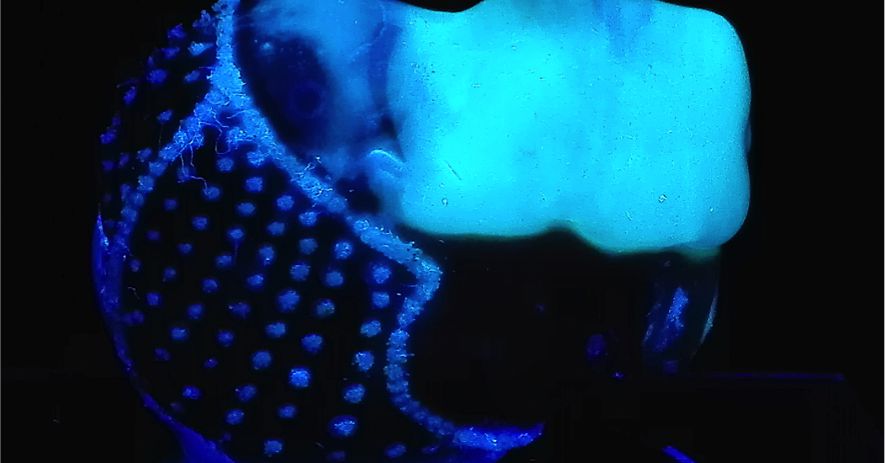Meet the world’s cheapest 3D printer.
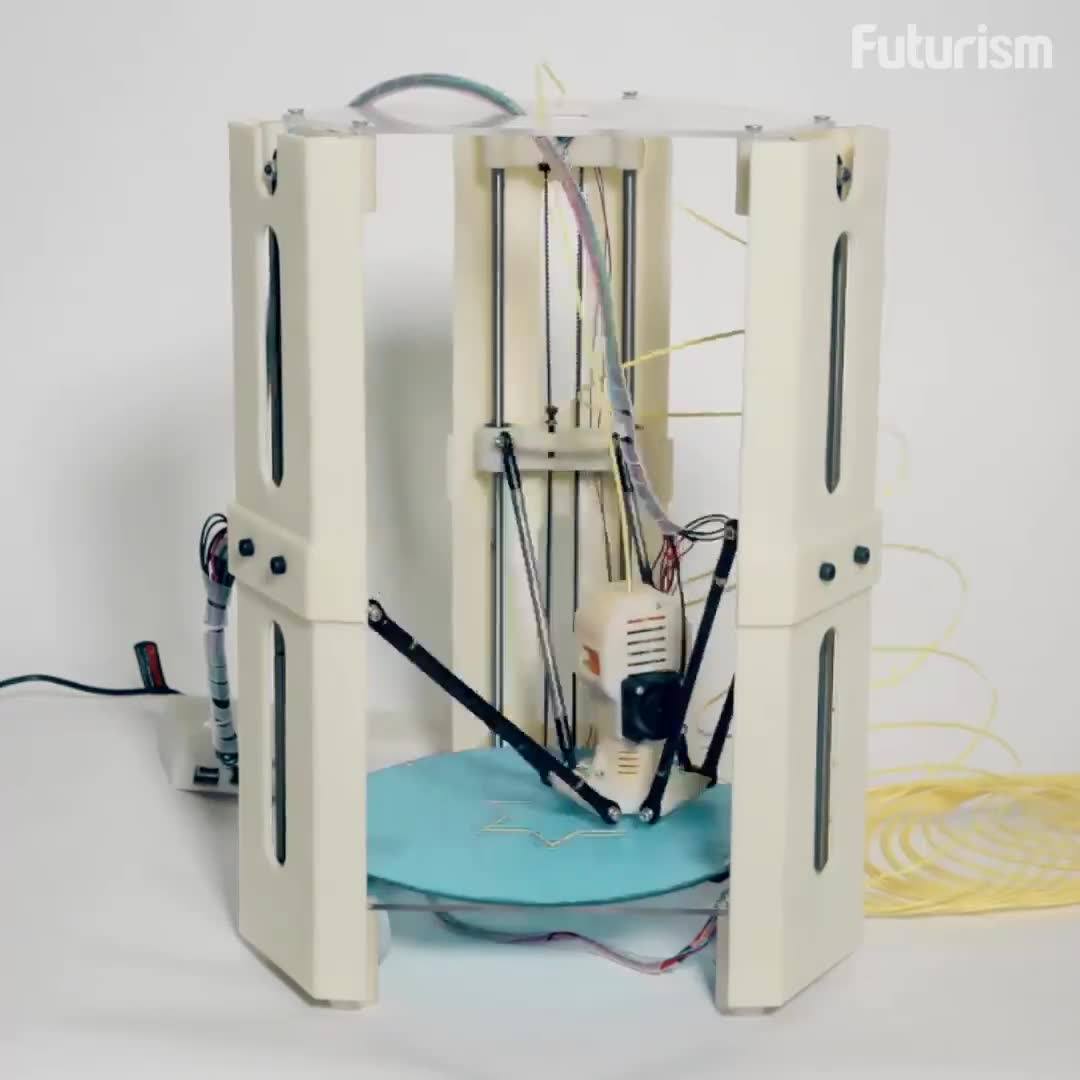


“Building a house by hand can be both time-consuming and expensive. Some homebuilders have chosen to automate part of the construction instead.”

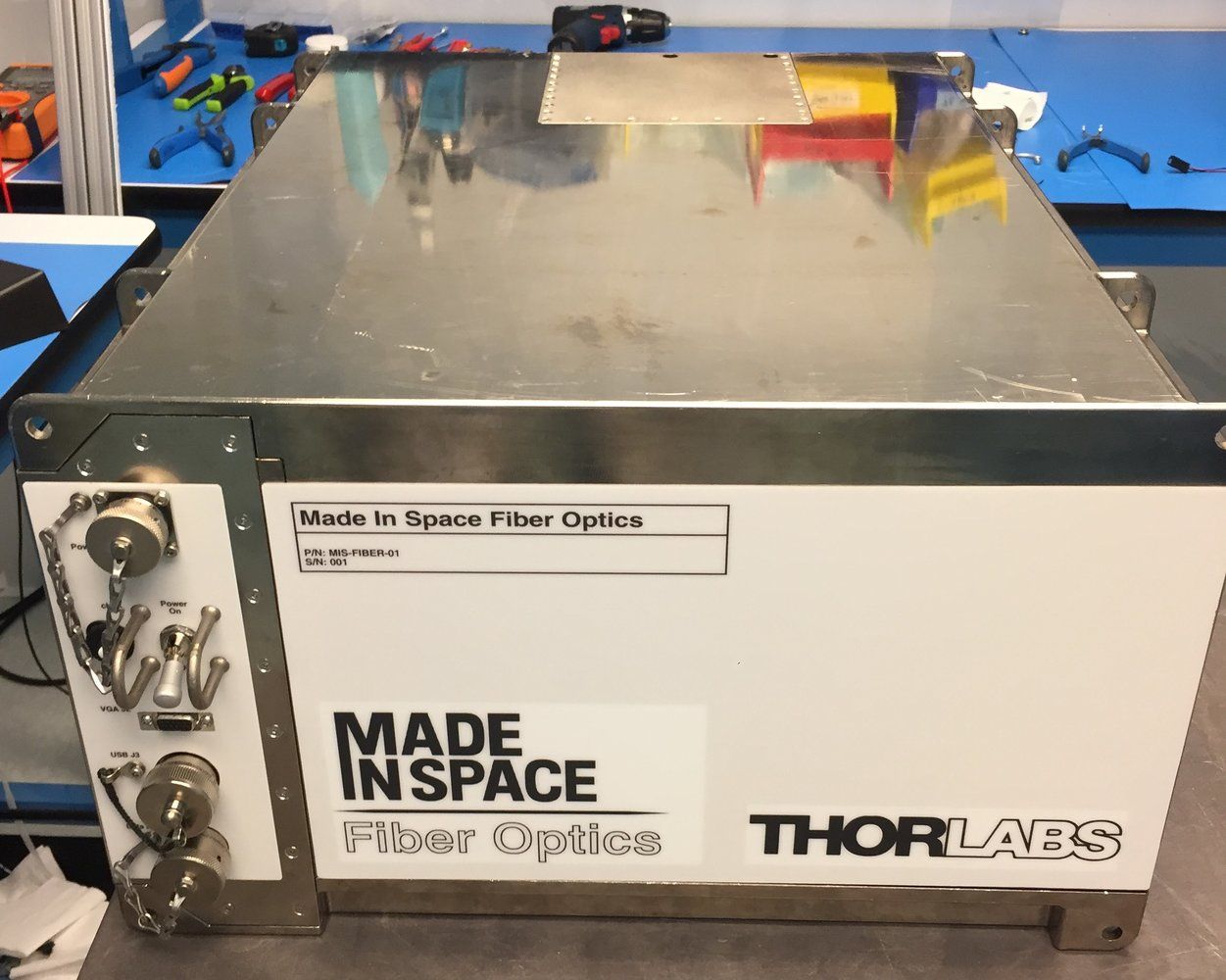
A bold plan to rev up off-Earth manufacturing is about to get a big test.
A small, privately built machine designed to make optical fiber is launching toward the International Space Station (ISS) aboard SpaceX’s Dragon cargo capsule tomorrow (Dec. 12).
If all goes according to plan, this little factory — which is owned by California-based startup Made In Space — will churn out stuff that’s good enough to sell here on Earth, opening up space to greater commercial use. [3D Printing: 10 Ways It Could Transform Space Travel].
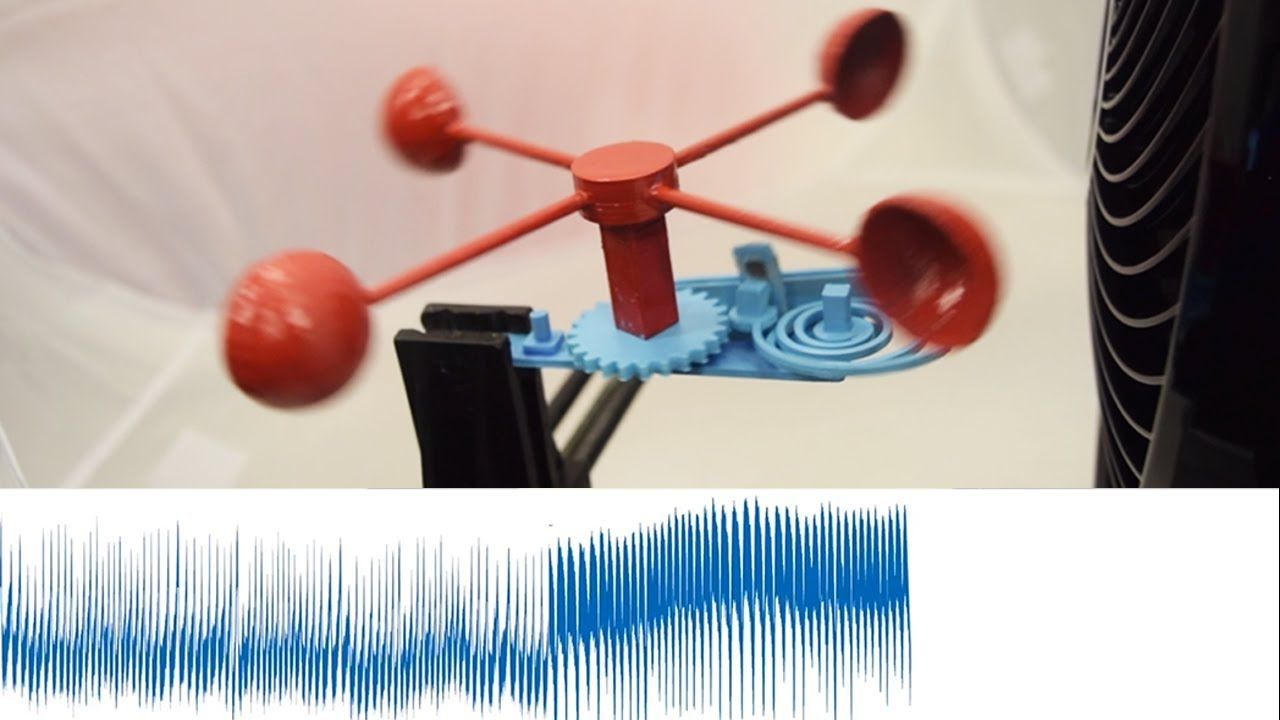
Scientists have developed new 3D-printed plastic objects that can hook up to Wi-Fi without the aid of any electronics or batteries, meaning household devices could get a lot smarter in the future without the need for any circuitry.
If that’s not blowing your mind just yet, think about this: the tech could be used to make a laundry bottle that orders a refill online as soon as it runs out, or a simple volume slider that connects to your speakers without any cabling or even a power source.
So how is this possible? To achieve this, a team from the University of Washington built a system comprising a plastic switch, spring, gear, and antenna, which when activated with a press or other movement can absorb or reflect passing Wi-Fi signals in order to communicate.
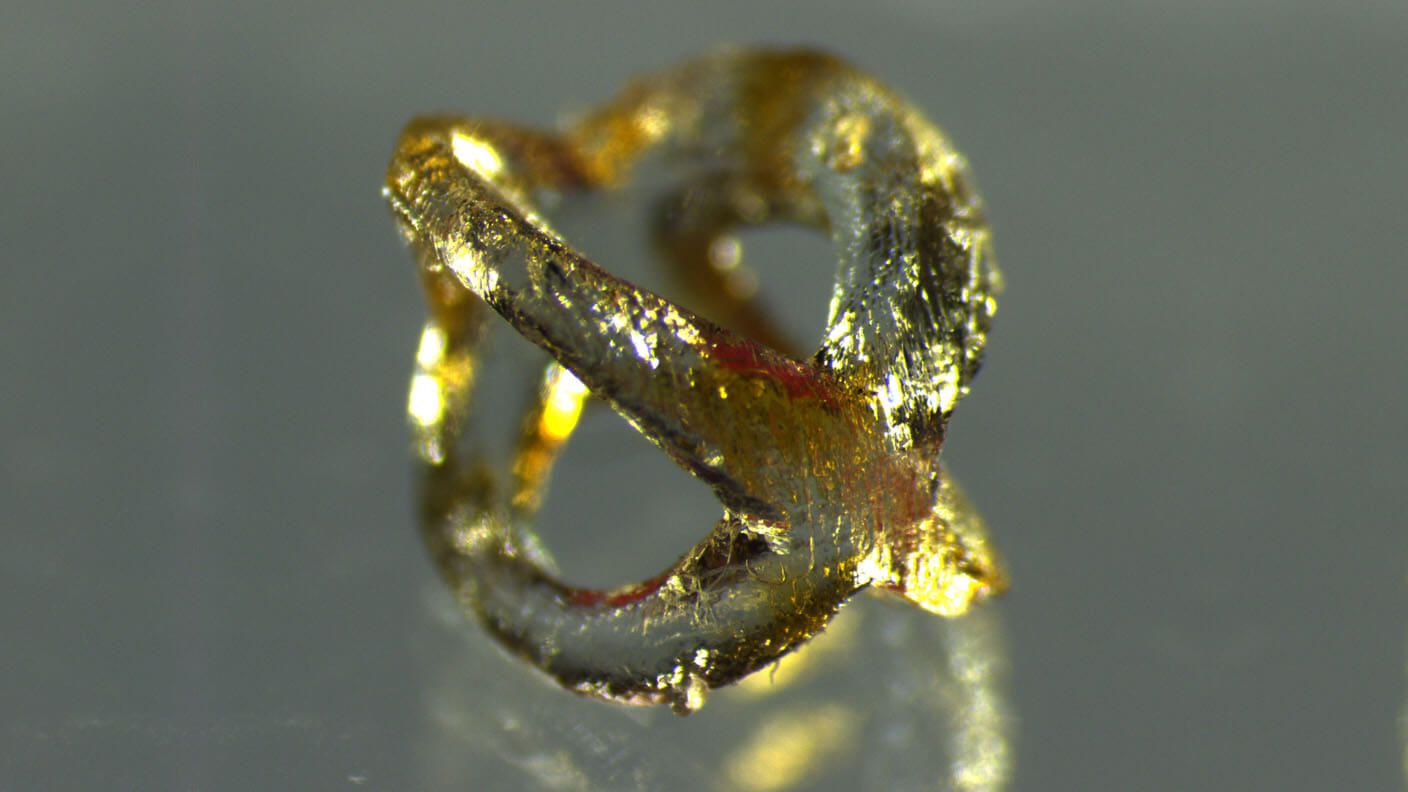
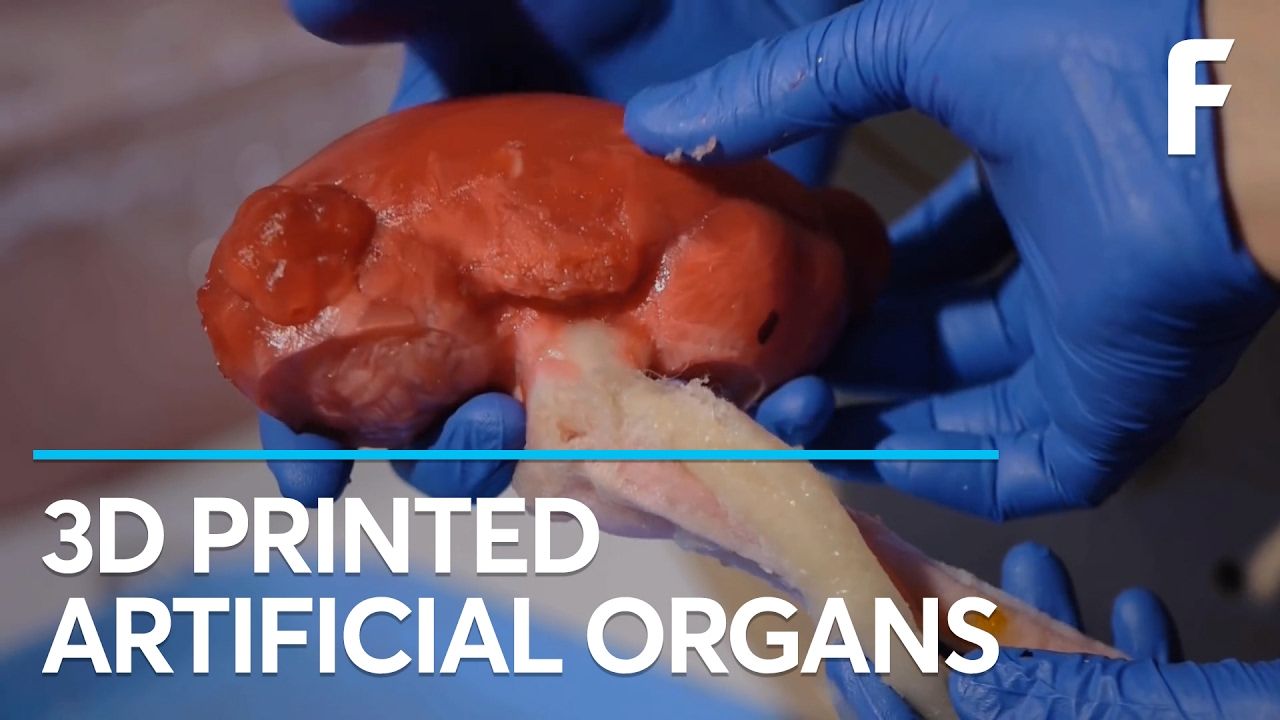

3D printing has come a long way. In a new study, scientists explore the potential of using bacteria-laced ink to print living materials.
From pizza to urine-based space plastic and even blood vessels, it seems there’s no limit to what can be 3D printed. A new 3D printing platform, created by ETH researchers led by Professor André Studart, head of the Laboratory for Complex Materials, is advancing the process by working with living materials. The specially designed material is actually an ink infused with bacteria. The machine is then able to print living biochemical designs for a wide variety of purposes, which vary depending on the bacteria used. Their research has been published in Science Advances.
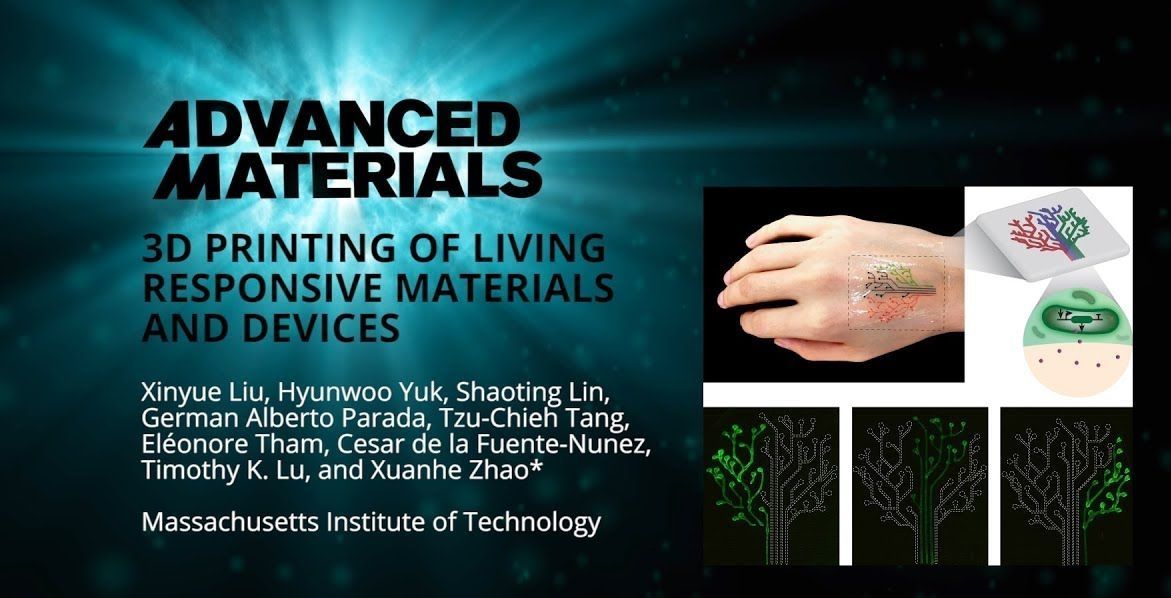
A team at MIT has genetically modified bacteria cells and developed a new 3D printing technique to create a “living tattoo” that can respond to a variety of stimuli.
Electronic tattoos and smart ink technologies are showing exciting potential for reframing how we think of wearable sensor devices. While many engineers are experimenting with a variety of responsive materials the MIT team wondered if live cells could be co-opted into a functional use.
The first step was to look at what organic cells could be utilized, and it turned out that the strong cell walls of bacteria were the best target for use as they could survive the force of a 3D printer’s nozzle. Bacteria also proved to be perfectly compatible with the hydrogels needed for accurate 3D printing.
